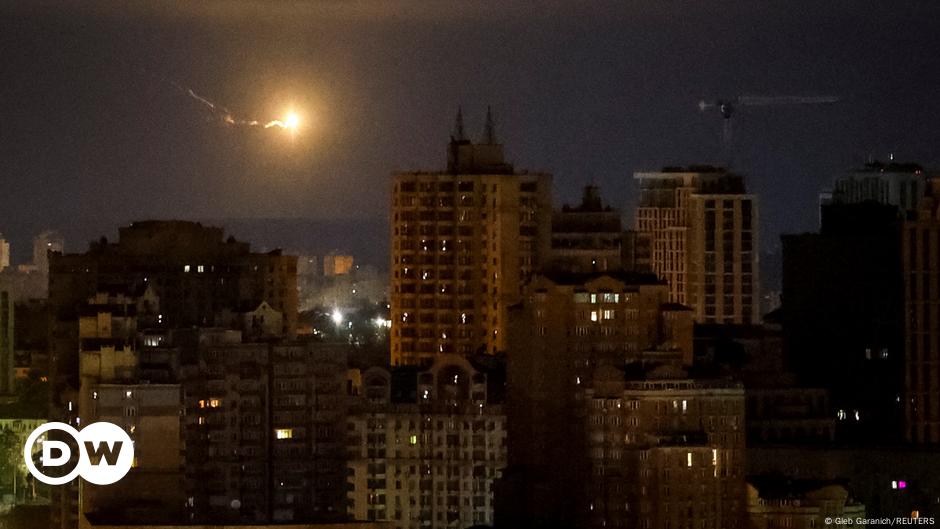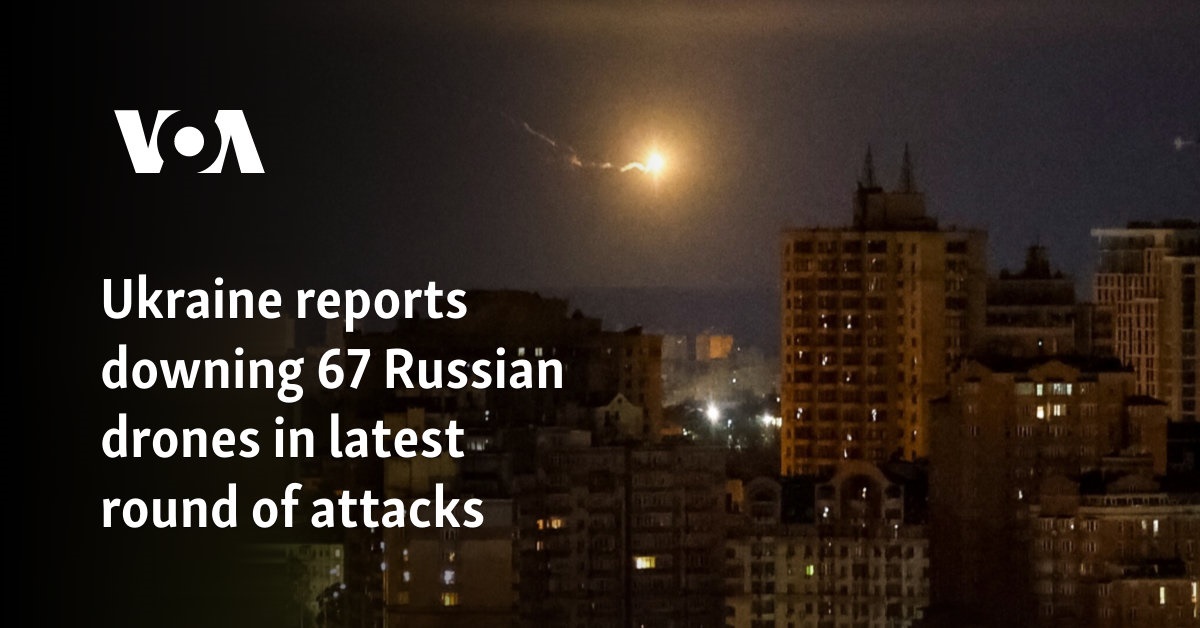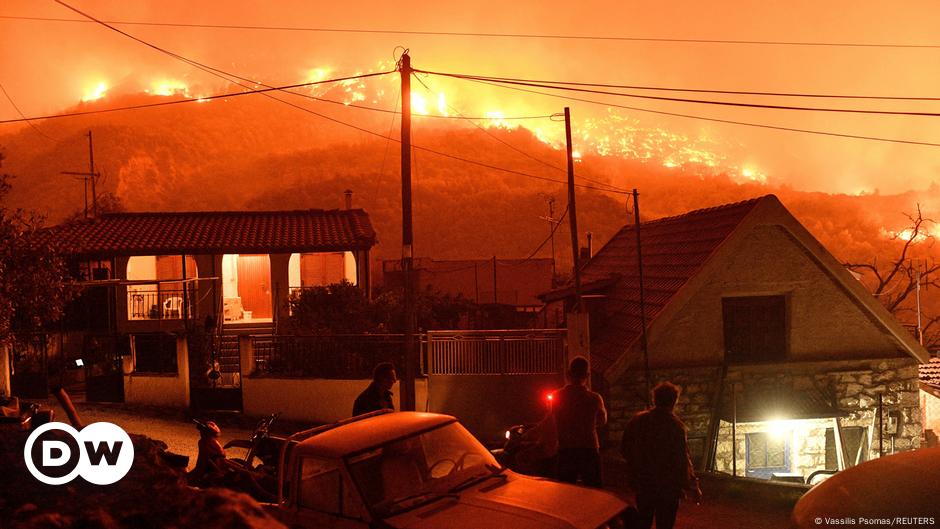Travel|Following Norway’s National Painter Through a Landscape of Mountains and Fjords
https://www.nytimes.com/2024/09/30/travel/harald-sohlberg-norway.html
You have a preview view of this article while we are checking your access. When we have confirmed access, the full article content will load.
People go to Giverny to see the gardens that moved Monet and to Arles for the fields behind van Gogh’s madness. They trek through the Louvre as if by magnetic force, seeking — what else? — the Mona Lisa selfie.
But I went to Norway to see Harald Sohlberg, one of the broodiest Symbolist painters of the early 20th century and nearly unknown outside his native country. I’d fallen for Sohlberg’s haunting images at a 1995 exhibit at the National Academy of Design in New York, but hadn’t been able to track him down since. It turns out that apart from a single painting at the Art Institute in Chicago, his paintings are only on permanent display in Norway. The first retrospective outside Norway didn’t appear until 2019, in Dulwich, England. Yet Sohlberg is celebrated at home, where his iconic “Winter Night at Rondane,” is Norway’s national painting, the kind of image reproduced on magnets, calendars and tourism websites.
Image

“Sohlberg thought deeply about what it meant to be a human being in this huge overwhelming nature,” Oivind Storm Bjerke, who curated the exhibit that introduced me to Sohlberg, told me before my departure. Unlike many of his peers, Sohlberg, influenced by the existential philosophy and German romanticism of the time, preferred to work in isolation, unaffiliated with a school or group of artists, and to do so, he set off into the mountains.
Image
I decided to follow him. The plan was to start in Oslo, where Sohlberg was born in 1869, at the magnificent National Museum in Oslo, which opened in 2022. From there, traveling with my husband and one of our children, I’d trace the artist’s melancholic steps into the less touristed region of central Norway. Our long counterclockwise route took us northward from the capitol through the small towns and national parks that inspired Sohlberg’s most renowned works of art.

 By The New York Times (Europe) | Created at 2024-09-30 09:28:31 | Updated at 2024-09-30 11:31:08
2 hours ago
By The New York Times (Europe) | Created at 2024-09-30 09:28:31 | Updated at 2024-09-30 11:31:08
2 hours ago



